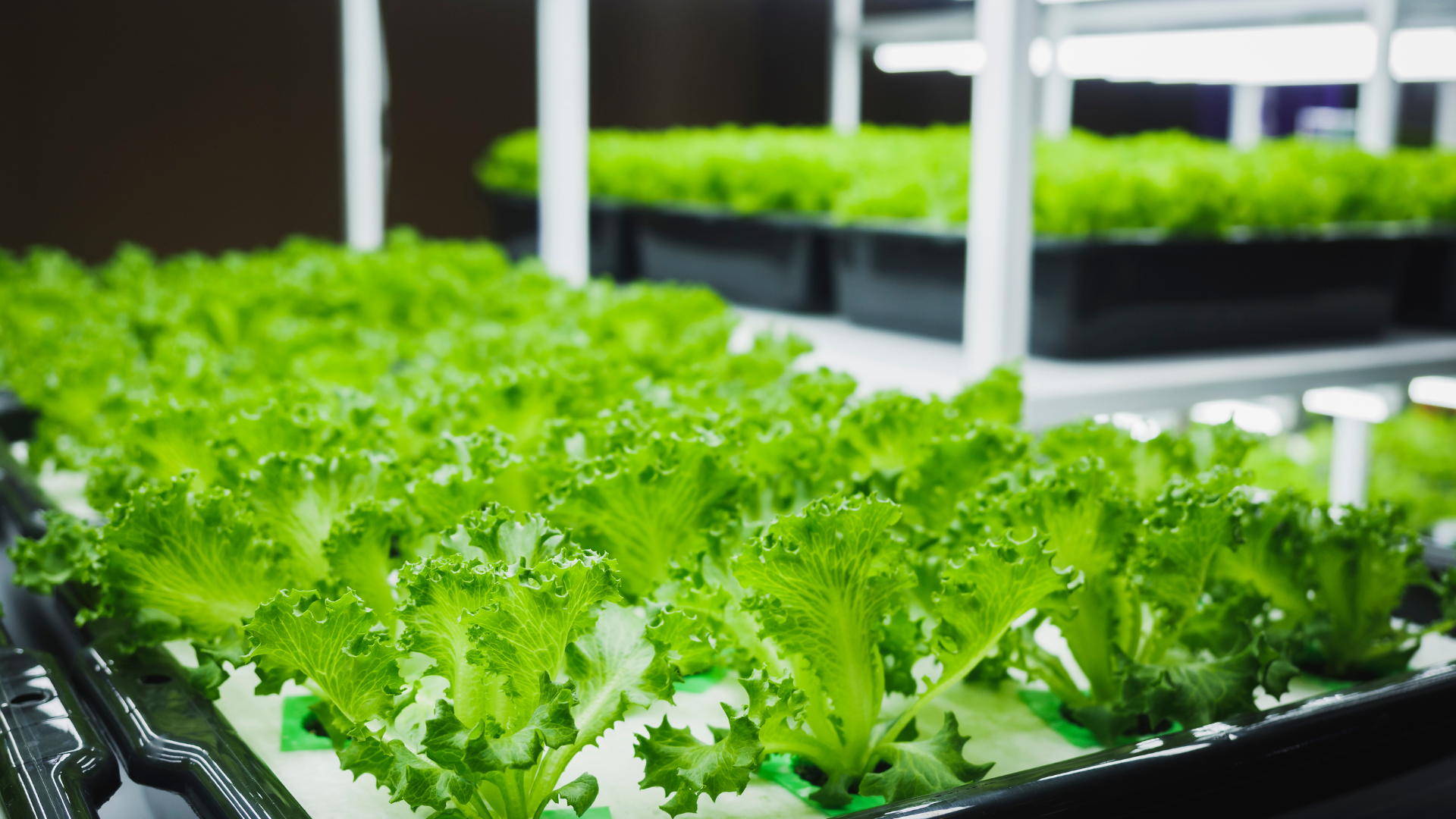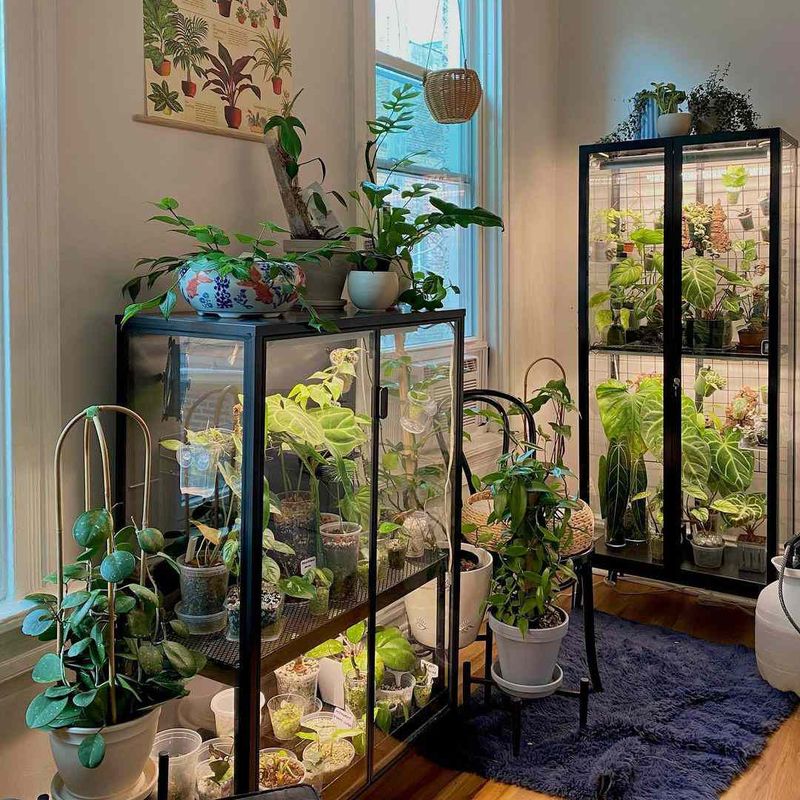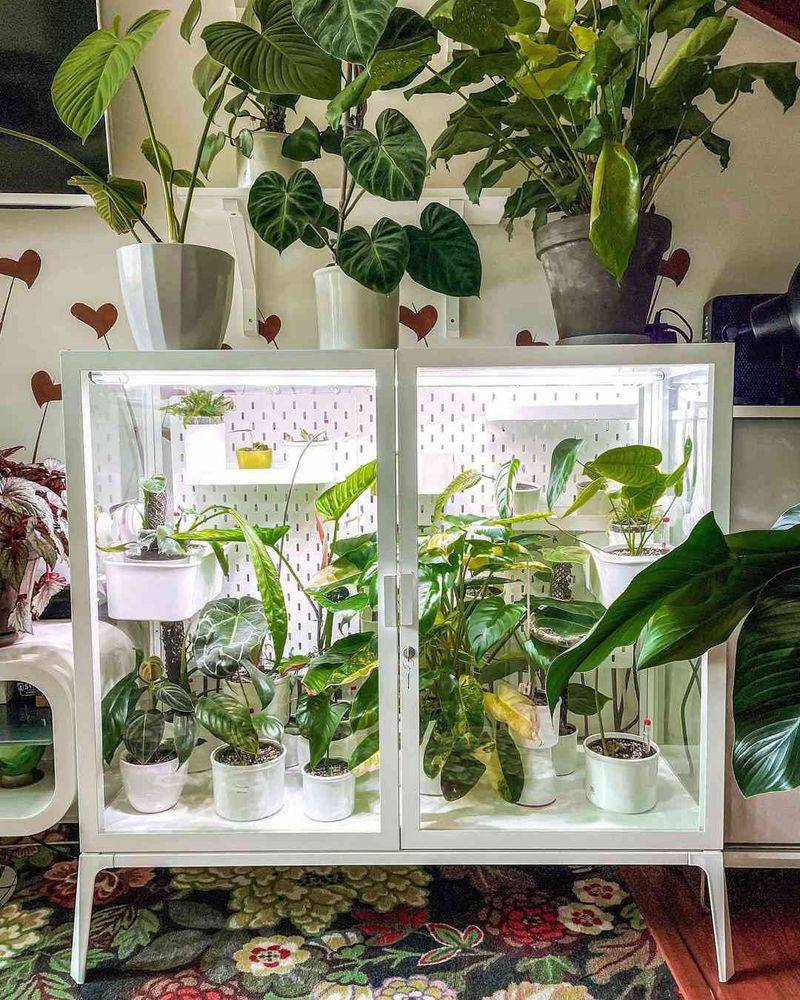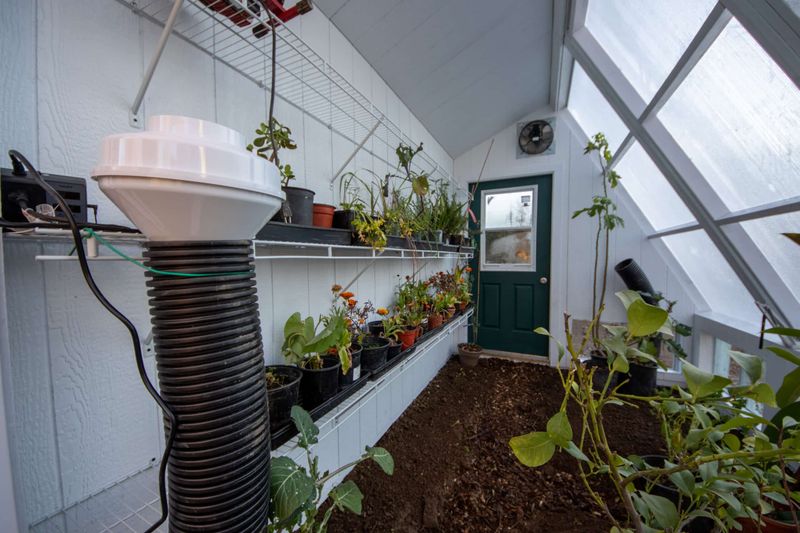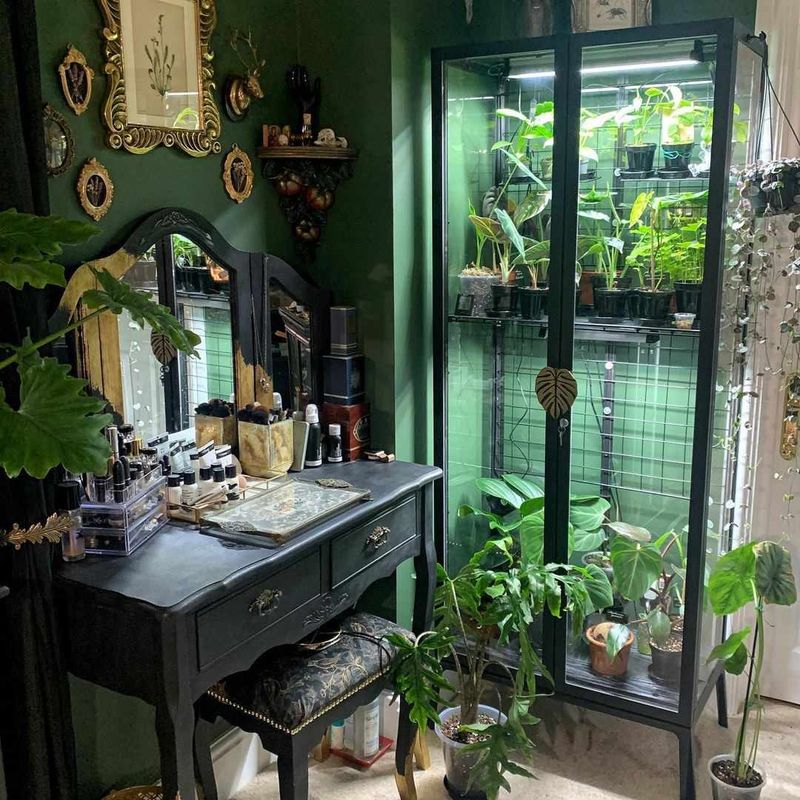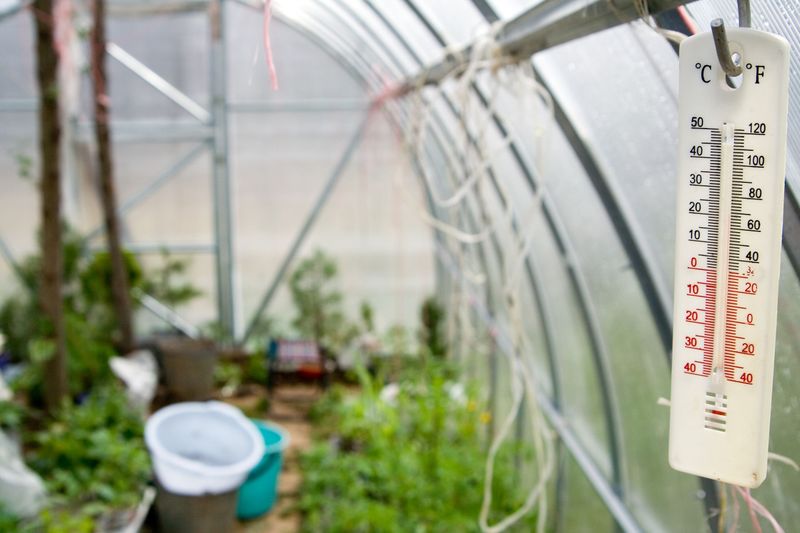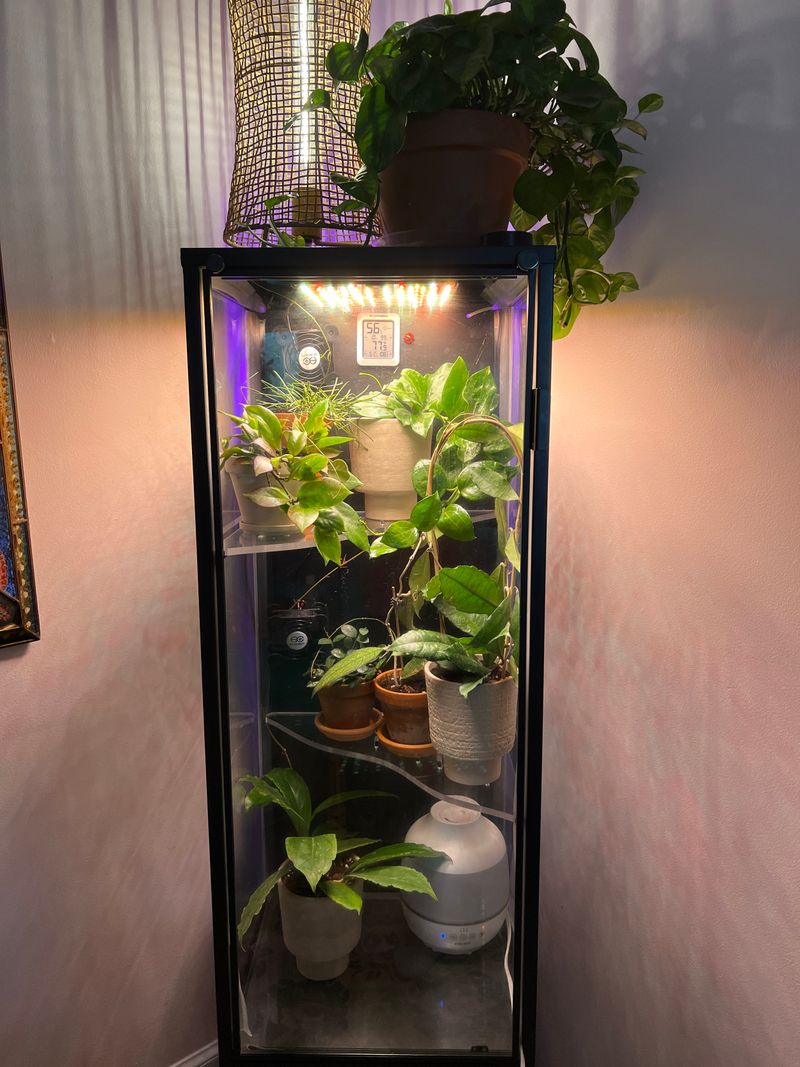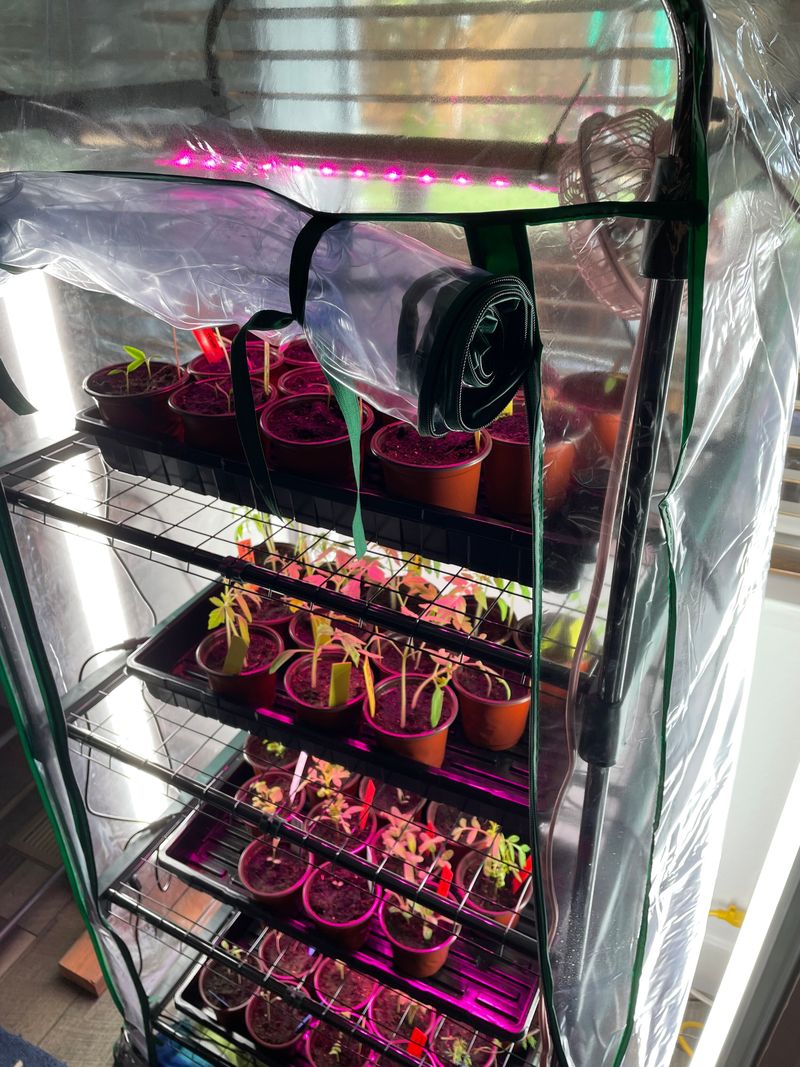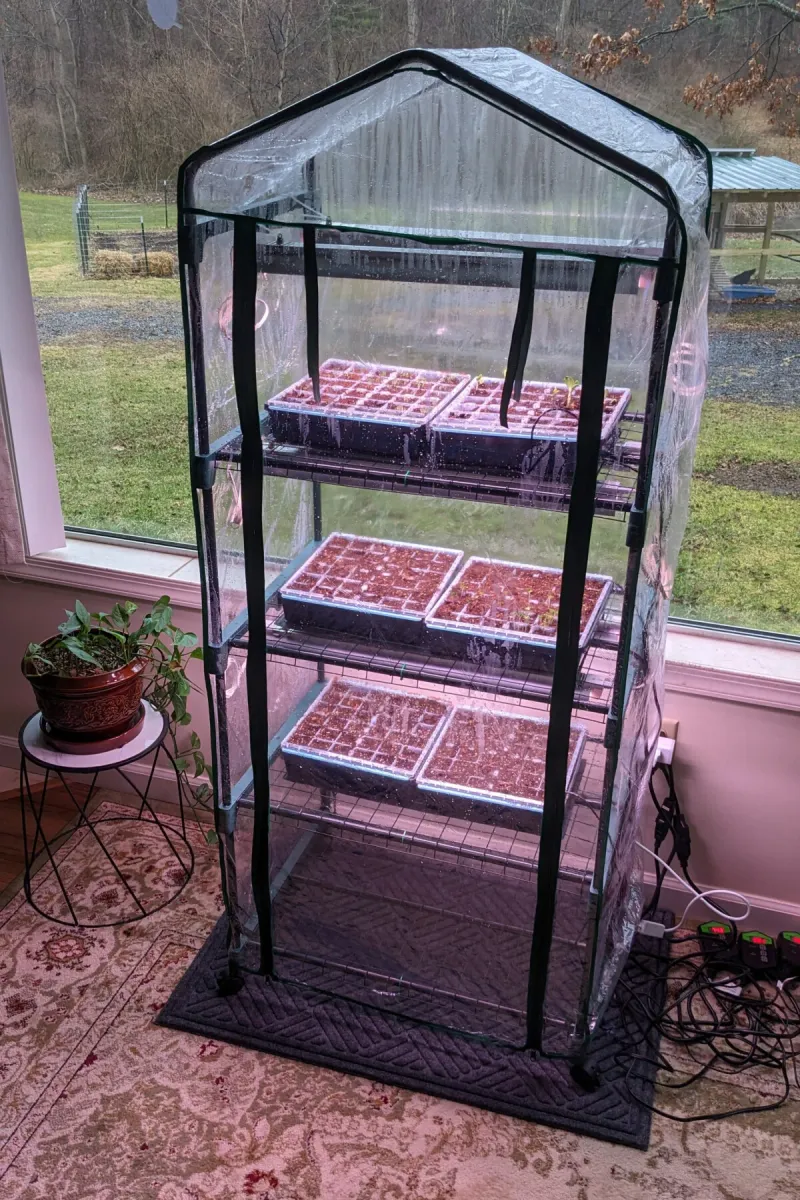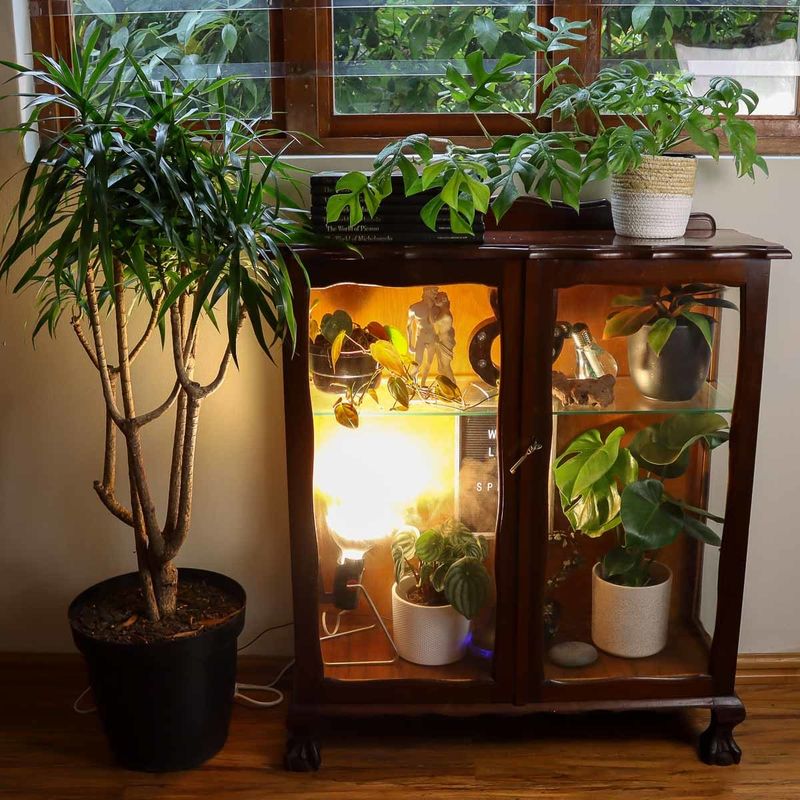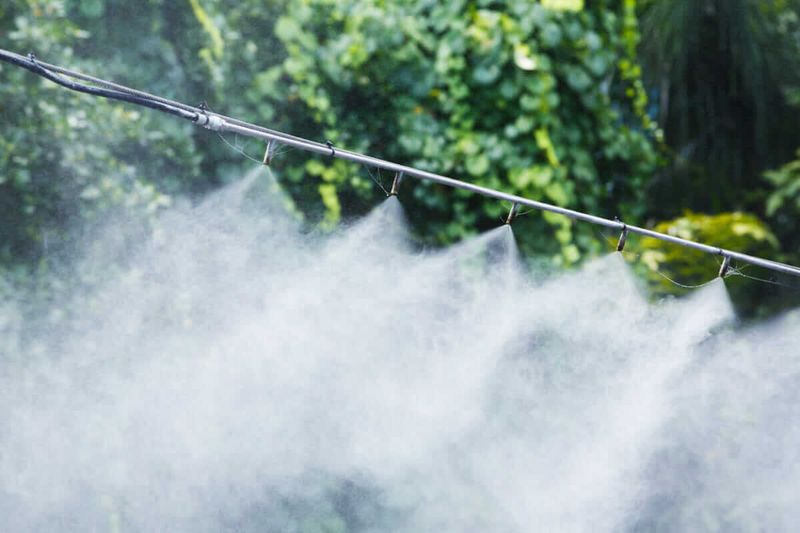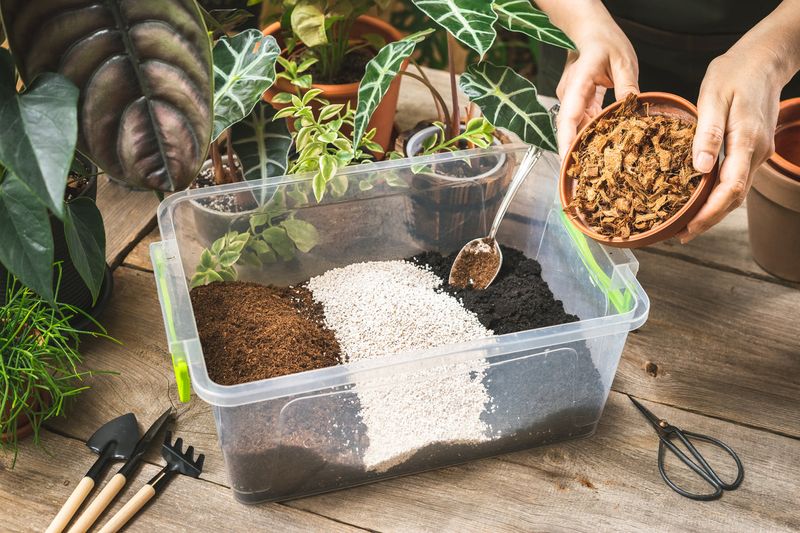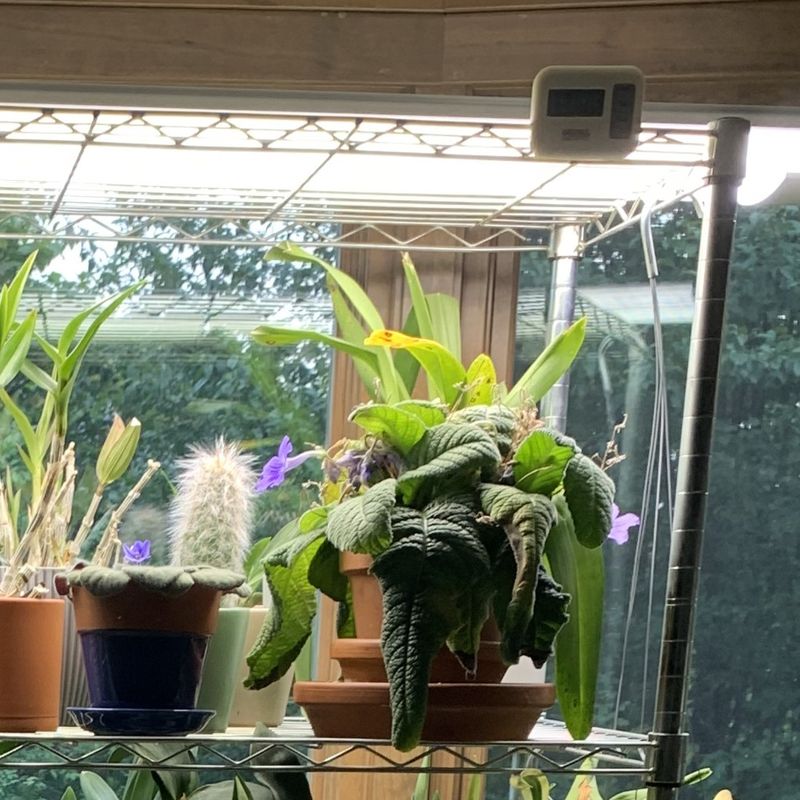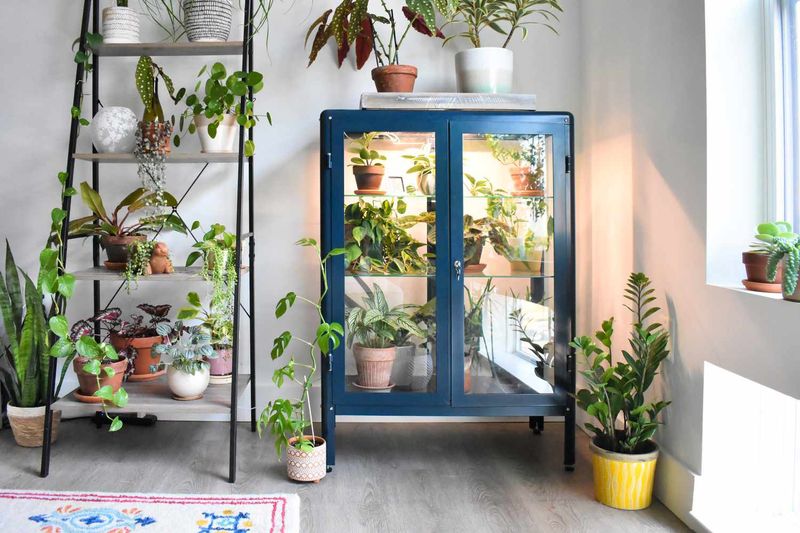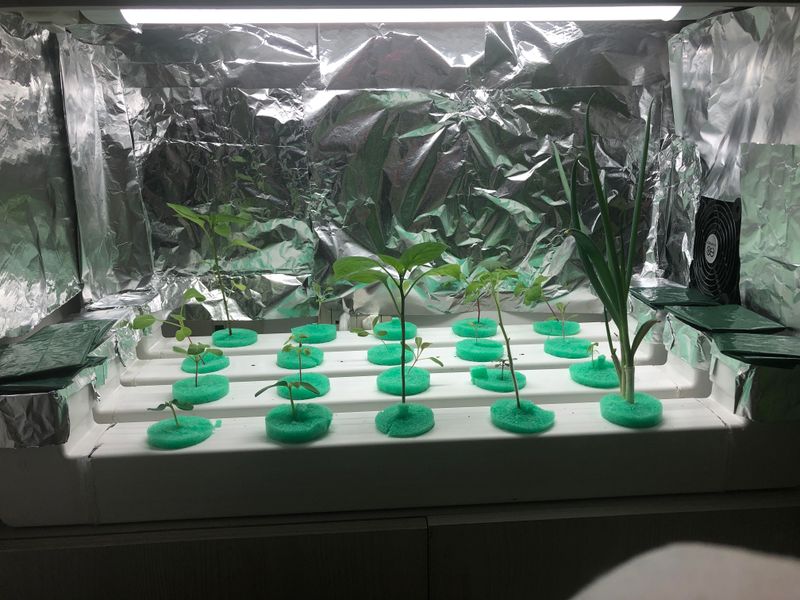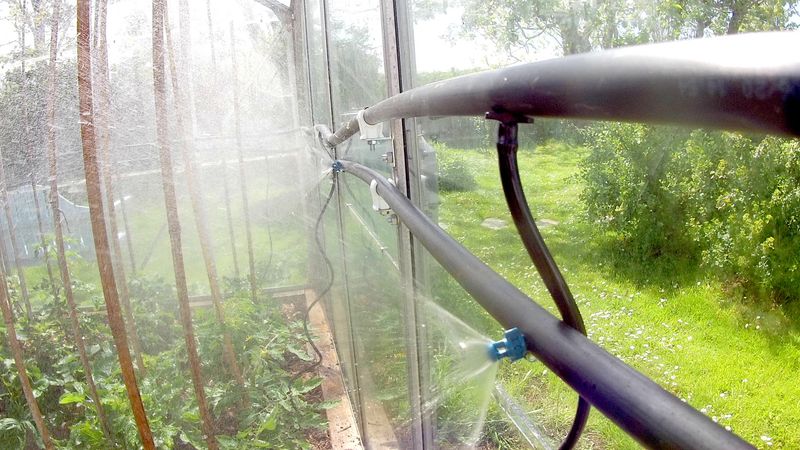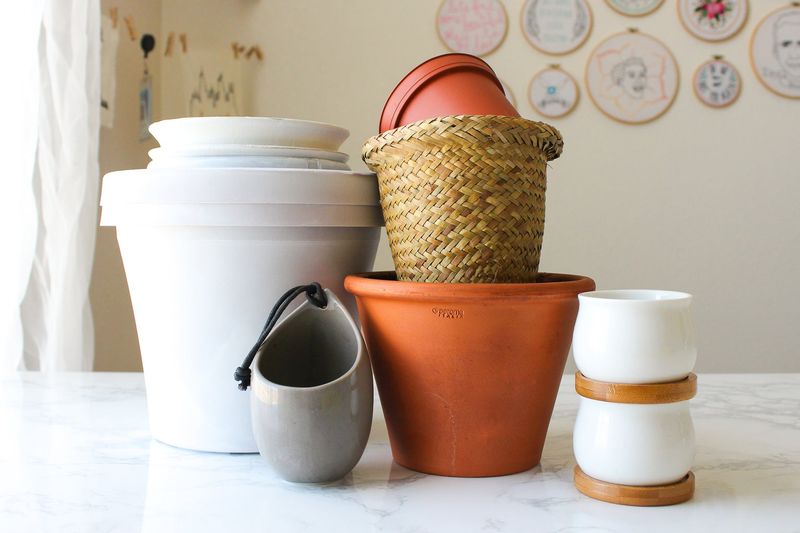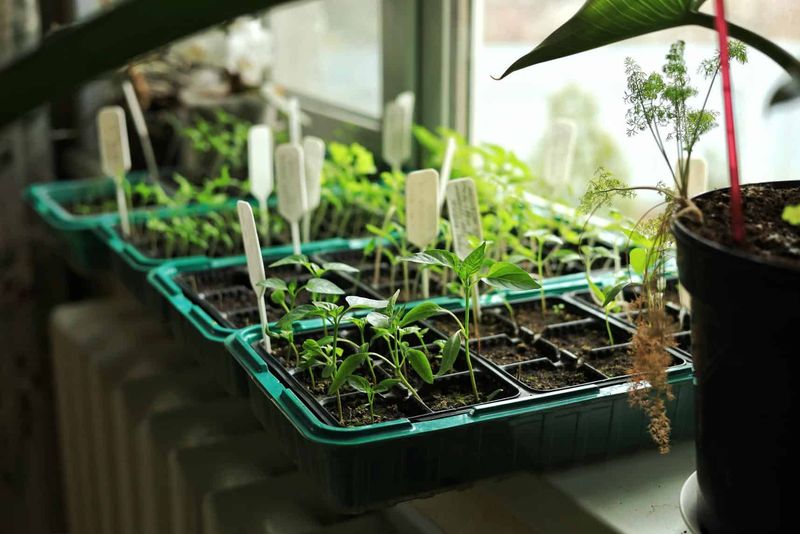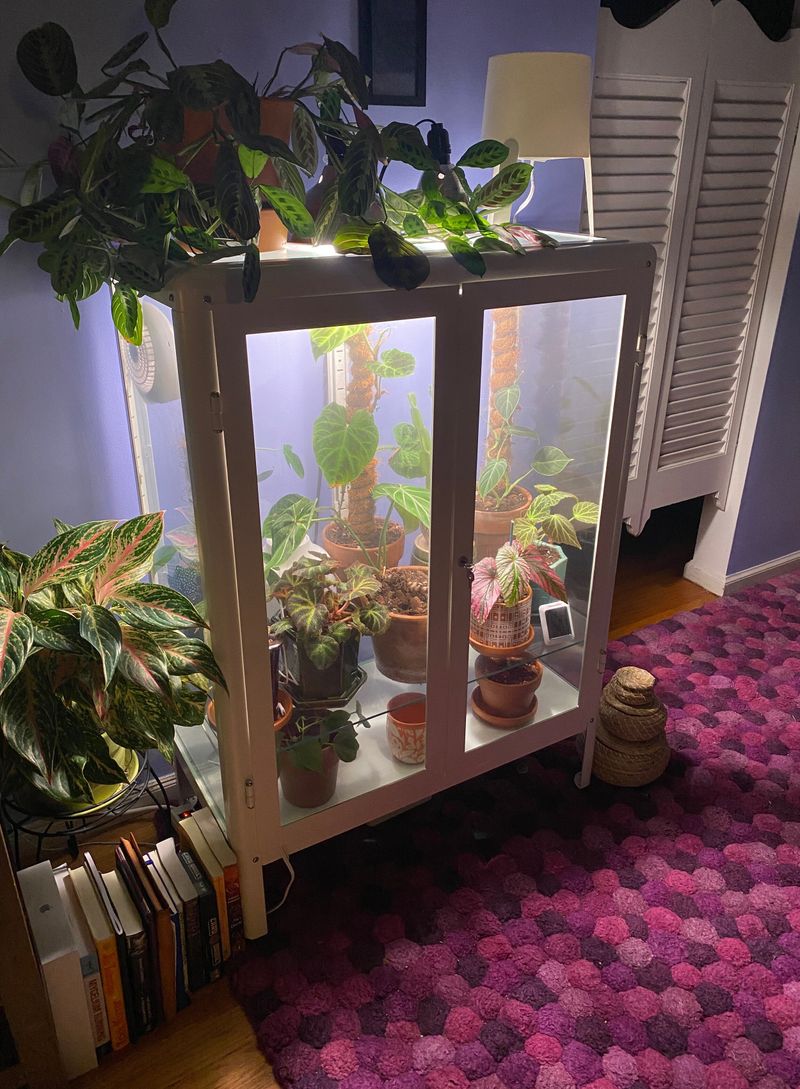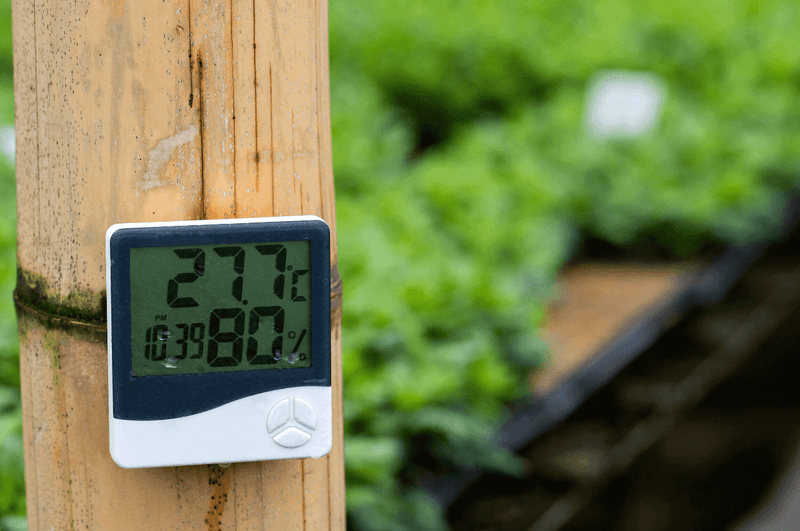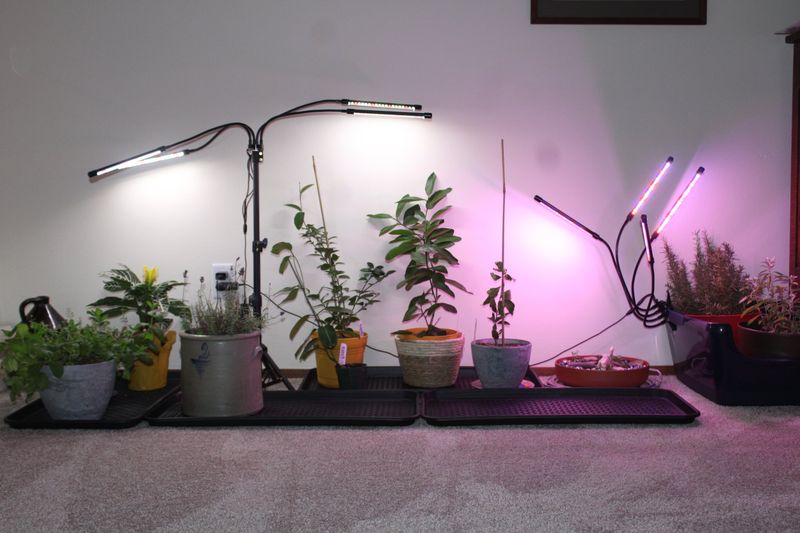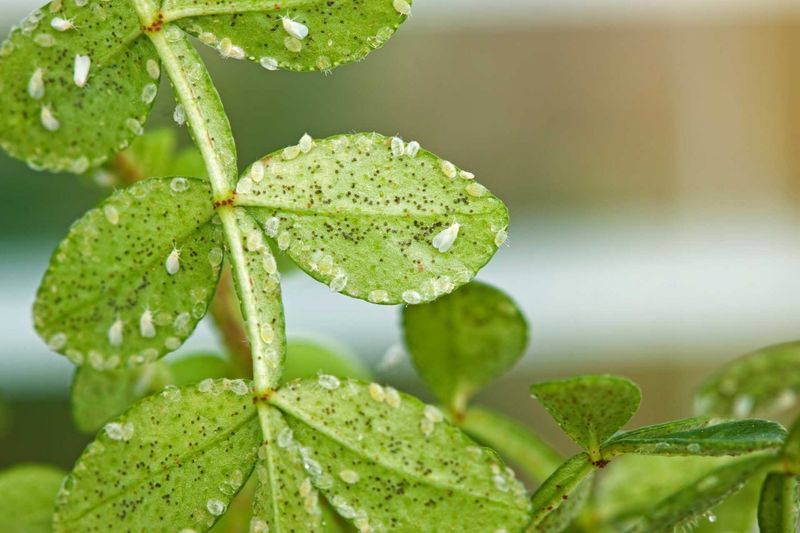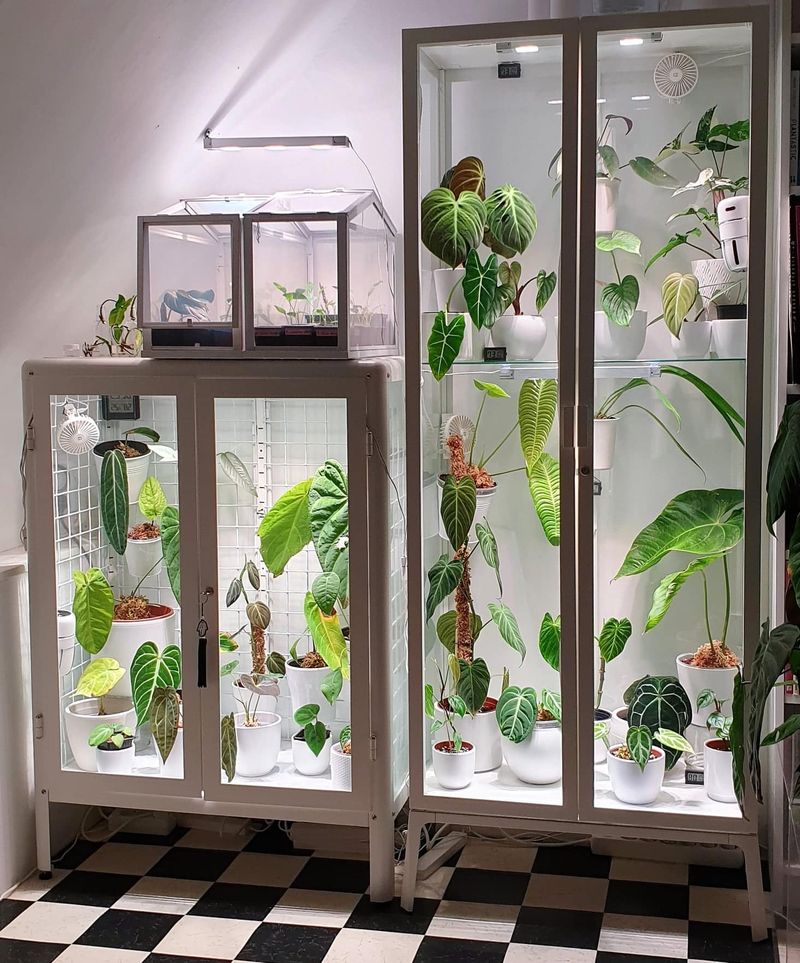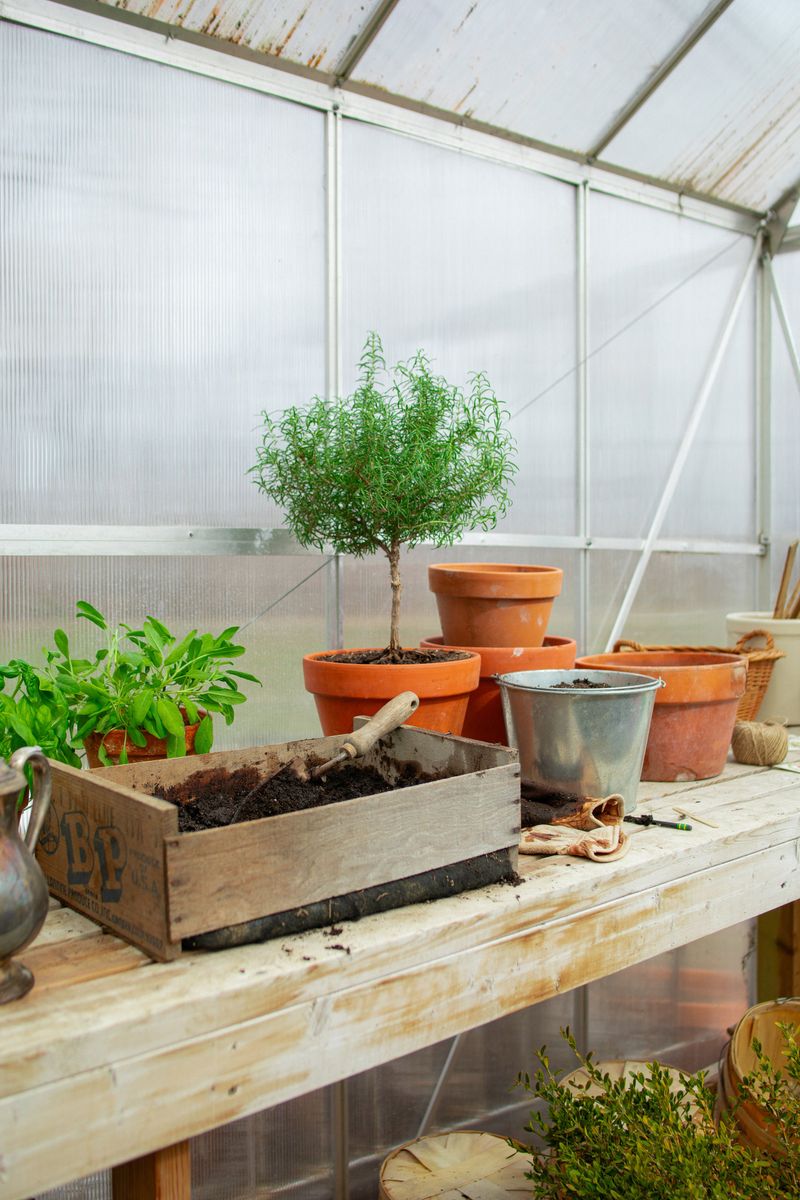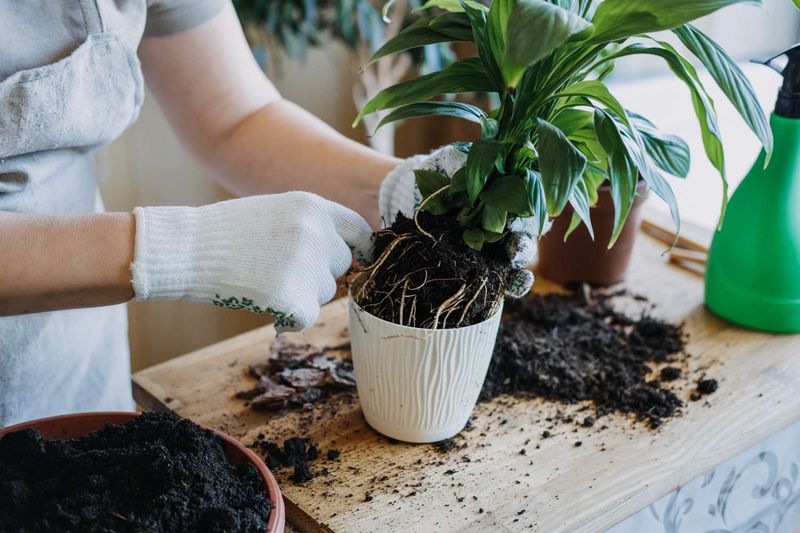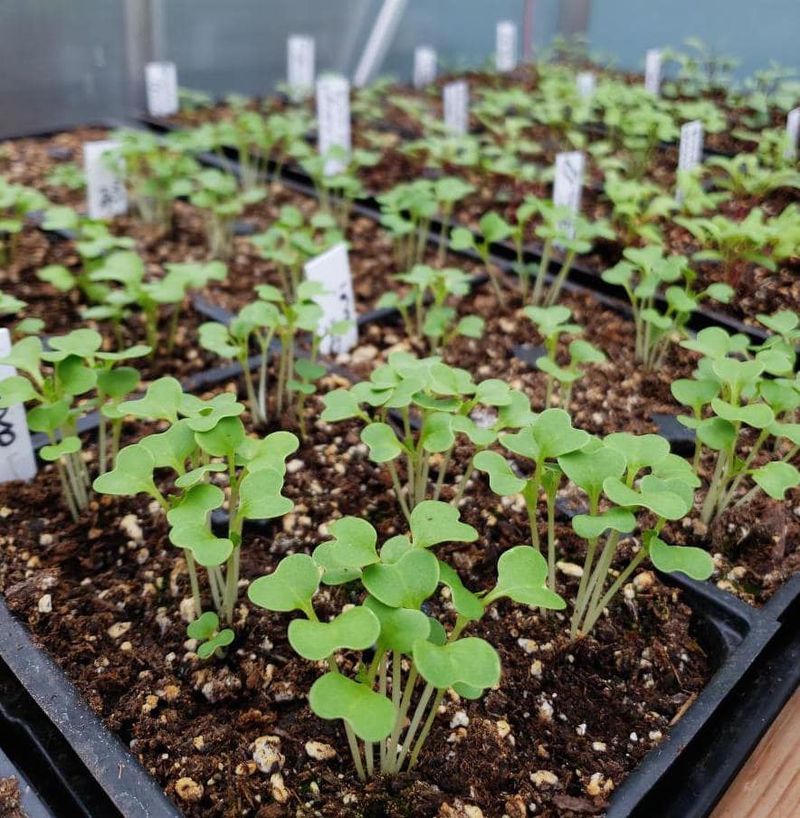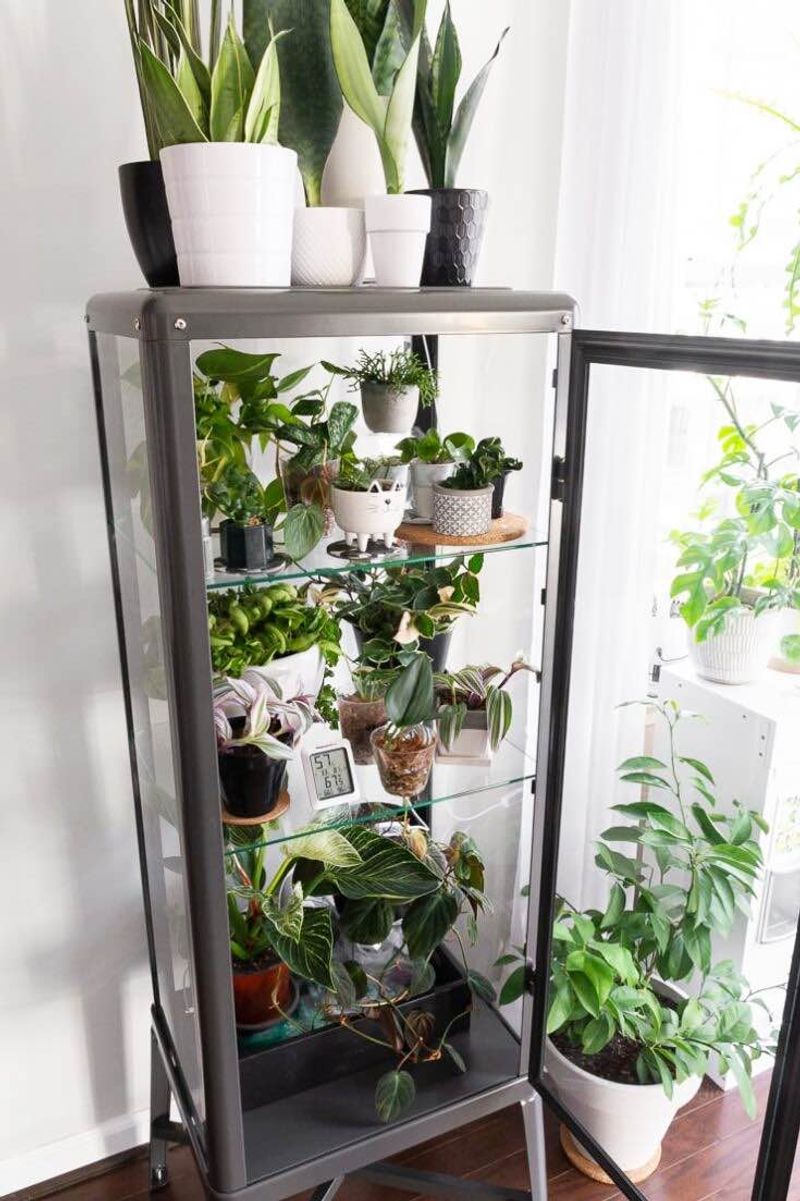Building your indoor greenhouse is like creating a little nature sanctuary right in your living room. With April showers rolling in, it’s the perfect time to bring the outdoors inside.
I’ve learned (the hard way, of course) that it’s not just about choosing the sunniest spot. It’s about everything from humidity levels to battling the occasional rogue spider mite.
But trust me, once you get it right, your space will become a cozy, green oasis. So, grab your gardening gloves (and maybe a cup of tea) because we’re diving into essential tips to create a thriving indoor garden!
1. Choose a sunny location
You know that feeling when the sun hits just right? Find a spot where sunlight streams in like a spotlight for your plants. The sun is a plant’s best friend, providing essential light for growth.
Indoor spaces can sometimes be shadowy. That’s why it’s crucial to choose a location with ample sunlight. Remember, too much shade might dull your garden party.
Keeping it sunny ensures your plants perform their photosynthesis dance. So, move that couch if needed and let the light in!
2. Use clear plastic or glass for coverage
Imagine gazing into your greenhouse like a crystal ball, seeing everything in clarity. That’s why transparent materials like glass are a must.
They not only keep the environment stable but also let sunlight in unabated. Using clear coverage allows you to peek in and ensure plants are cool and comfy.
This transparency helps in maintaining that greenhouse vibe without blocking out the light. Plus, it’s like having a mini botanical garden on display for your guests!
3. Set up proper ventilation
Picture stale air suffocating your lovely plants. Not cool, right? Ventilation is key to avoid that scenario. Air movement prevents staleness and diseases that can plague an enclosed environment.
Installing vents or small fans can create a gentle breeze, mimicking the outdoors. This airflow refreshes the greenhouse and ensures your plants are swaying happily.
Remember, fresh air isn’t just for humans, plants dig it too. It’s like giving your greenhouse a breath of fresh air!
4. Install grow lights if needed
Sometimes, indoor lighting just doesn’t cut it. That’s where grow lights step in, casting an artificial sun over your plants.
Perhaps your sunny spot isn’t sunny all the time. Grow lights can fill in the gaps. These lights mimic sunlight, providing the necessary spectrum for plant growth.
They’re like the night watch, keeping your plants lit when natural light dims. It’s like turning night into day inside your greenhouse. Handy, right?
5. Use humidity trays
Ever noticed how plants perk up in a humid environment? Humidity trays can replicate this effect indoors. By placing trays filled with water and pebbles under pots, moisture is released as water evaporates.
This subtle humidity boost helps plants stay hydrated and happy. It’s a simple trick to maintain an optimal environment without constant watering.
Humidity trays act like a spa day for plants, giving them that extra glow. Who knew a tray of water could do so much?
6. Incorporate a thermometer for temperature control
Temperature swings are like mood swings for plants. A thermometer helps keep those in check. Knowing your greenhouse’s temperature ensures plants stay within their comfort zone.
Too hot or too cold, and you’re in trouble. Monitoring temperature is like checking the pulse of your garden. A stable temperature is vital for plant health and growth.
With a thermometer, you can react to changes swiftly, keeping your green buddies cozy. It’s like having a weather station inside!
7. Add a hygrometer to monitor humidity
Humidity is the unsung hero of a thriving greenhouse. A hygrometer acts as its trusty sidekick, ensuring humidity levels are just right.
Plants have specific humidity needs, and fluctuating levels can cause stress. With a hygrometer, you can keep an eye on the humidity, making adjustments as needed.
Staying on top of humidity keeps your plants relaxed and flourishing. Who knew a simple device could impact plant happiness so much?
8. Keep plants spaced to allow airflow
Plants need personal space just like we do. Crowding them can lead to poor air circulation and disease. By spacing plants, you allow air to flow freely, reducing the risk of mold and pests.
It’s like hosting a party and ensuring everyone has room to dance. Proper spacing also allows each plant to access light and nutrients more effectively.
So, resist the urge to cram them in; your plants will thank you. Space them out like a classy garden soiree!
9. Use organic soil
Think of soil as the foundation of your indoor jungle. Organic soil is like the premium option, packed with nutrients without the harsh chemicals.
It’s great for the environment and even better for your plants. Organic soil promotes healthier root systems and supports sustainable gardening practices.
By opting for organic, you’re nurturing your plants and the planet. It’s a choice that feels good inside and out!
10. Start with hardy, fast-growing plants
New to indoor gardening? Start with plants that are both easygoing and quick to grow. Hardy plants are forgiving, making them perfect for beginners.
They can withstand the occasional oopsie, like missing a watering session. Fast-growing varieties offer instant gratification, showing visible progress in weeks.
These plants will help you learn the ropes, providing a green thumb foundation. They’re like training wheels for your indoor garden adventure!
11. Add a misting system
A misting system is like a gentle rain shower for your plants. It helps boost humidity and keeps leaves clean, promoting healthy growth.
Regular misting can even fend off pesky bugs that dislike moisture. Imagine your plants swaying in a light, refreshing mist. It’s a cool scene.
This system is perfect for moisture-loving plants, creating an ideal environment. Plus, it’s a conversation starter for visitors. Who wouldn’t want their own indoor misty paradise?
12. Ensure proper drainage
A soggy plant is an unhappy plant. Proper drainage prevents water from pooling, which can lead to root rot. Ensuring pots have drainage holes is like giving your plants rain boots.
Without these, waterlogged soil can suffocate roots. A simple tray beneath pots can catch excess water, keeping things tidy.
Proper drainage is like a safety net, protecting plants from drowning. It’s a small step with a big impact, ensuring your greenhouse remains a happy habitat.
13. Use a timer for grow lights
Managing light exposure is a breeze with a timer for your grow lights. It’s like setting your lights on auto-pilot, ensuring consistent lighting cycles.
Plants need regular light and dark periods to flourish. A timer helps mimic natural day and night cycles without manual intervention.
With this tool, you can focus on other tasks, knowing your plants are getting their light just right. Talk about a time-saver!
14. Consider using a fan for air circulation
Fans are not just for hot summer days. They’re a secret weapon for indoor greenhouses. They help keep air moving, preventing stagnant conditions that can lead to mildew or mold.
A gentle breeze from a fan mimics natural wind, encouraging stronger stems and healthy growth. It’s like an indoor breeze that keeps your plants on their toes.
Fans can also help control temperature and humidity, acting as a cool companion in your greenhouse setup.
15. Rotate plants for even growth
Plants can play favorites with light, leading to one-sided growth. Rotating them ensures they receive even exposure.
This simple action encourages balanced development, preventing lopsided plants. Regular rotation also allows you to inspect plants from all angles, catching issues early.
It’s a nifty trick that keeps your plants looking their best from every direction. Who would have thought spinning plants could be so beneficial?
16. Add reflective surfaces to maximize light
Reflective surfaces are like mirrors for your plants, bouncing light around the greenhouse. This trick maximizes available light, especially useful in dim areas.
Reflective materials can be placed strategically to ensure every plant gets a slice of the sunshine. It’s like doubling your sunlight without moving closer to the window.
This technique helps boost growth and reduces electricity costs if you use grow lights. Who knew a little reflection could go such a long way?
17. Incorporate a watering system for consistency
Ever forget to water your plants? An automated watering system prevents those forgetful moments. It ensures consistent hydration, crucial for plant health.
By setting a schedule, your plants receive the right amount of water at the right time. This system eliminates the guesswork, giving you peace of mind even during busy days.
It’s a modern solution for maintaining a lively greenhouse, keeping your plants perky and content.
18. Choose the right size containers
Plants grow, and their home should grow with them. Choosing the right container size is crucial for root development.
A too-small pot can stunt growth, while a too-large one may lead to overwatering. When selecting containers, consider the plant’s size and growth potential.
The right fit ensures healthy roots and flourishing foliage. It’s a simple step that can make a big difference in your greenhouse.
19. Clean and disinfect all equipment
Clean tools are happy tools. Regularly cleaning and disinfecting equipment prevents the spread of disease and pests.
Dirty tools can harbor harmful bacteria that might infect your plants. By keeping them spotless, you ensure a healthy growing environment. It’s a practice that can save you from future headaches.
Plus, shiny tools make gardening feel just a bit more professional. Who knew cleanliness could be so rewarding?
20. Label plants for easy tracking
Ever mixed up your basil with mint? Labeling saves you from plant mix-ups and helps track care needs.
Labels can include plant names, watering schedules, and light preferences. With labels, you can identify plants at a glance and provide tailored care.
This organization turns your greenhouse into a well-oiled machine. Plus, it adds a touch of sophistication to your setup. Who knew labels could be so stylish and practical?
21. Overwatering
Overwatering is a sneaky problem. It’s easy to think more water equals happier plants, but too much can drown them.
Overwatering leads to waterlogged soil, suffocating roots and causing yellowing leaves. Checking soil moisture before watering helps prevent this issue.
Your finger is the best moisture gauge. Dab it into the soil and see if it’s dry. This simple check can save your plants from an aquatic demise. Watch that watering can!
22. Poor air circulation
Stale air is a silent threat in greenhouses. Without circulation, moisture hangs in the air, inviting mildew and disease.
Fans or vents ensure air keeps moving, reducing these risks. By maintaining airflow, you’re setting up a fresh environment where plants can thrive.
It’s about turning your greenhouse into a breezy haven. So, let the air dance and keep your plants swaying to its rhythm.
23. Inconsistent temperatures
Temperature swings can stress plants, affecting their growth and health. Imagine wearing a winter coat in summer. It’s jarring. Plants need stable conditions to flourish.
By monitoring and maintaining consistent temperatures, you create a comfortable habitat. Using thermometers and adjusting settings accordingly prevents shocks.
A stable climate is like a warm sweater for your plants, keeping them snug. It’s a step towards a smoother, greener experience in your indoor greenhouse.
24. Low light levels
Low light can leave your plants reaching for the stars. Without enough light, photosynthesis slows, and plants weaken.
Addressing light shortages with grow lights or repositioning your greenhouse ensures plants get their daily dose. Adequate light is crucial for growth and strong foliage.
It’s like giving your plants a power boost to face the day. Keep them in the spotlight and watch them shine.
25. Pests and mold
Pests and mold are the uninvited guests in any greenhouse. They can wreak havoc if left unchecked. Regular inspections are essential to catch issues early.
Removing affected areas and using natural repellents can keep these nuisances at bay. Keeping the greenhouse clean and dry is key.
It’s about creating an environment that pests dislike. With vigilance, you can prevent a tiny problem from becoming a big headache.
26. Too much humidity
Humidity is good, but too much can be a plant’s nightmare. Excessive moisture promotes mold and rot, especially in enclosed spaces.
It’s like a sauna without an off button. Using hygrometers helps monitor humidity levels, ensuring they don’t soar. Adjusting ventilation can help balance the moist environment.
Keeping humidity in check is vital for plant health. It’s a balancing act that keeps your greenhouse fresh and inviting. Avoid turning your plants into soggy messes.
27. Soil compaction
Soil compaction is a sneaky troublemaker. It limits root growth and water flow, stunting plants. How would you feel if you had to walk in cement shoes?
Regularly aerating the soil with a fork or adding organic matter can solve this problem. Loosening the soil allows roots to breathe and absorb nutrients effectively.
It’s a simple fix with a big impact. Keep your soil fluffy, and your plants will dance with joy. A little effort goes a long way!
28. Root rot
Root rot is a sneaky killer, often caused by overwatering or poor drainage. It’s like a hidden enemy attacking from below.
Recognizing signs early, such as wilting or discolored leaves, is crucial. Ensuring proper drainage and careful watering can prevent this issue.
Once detected, removing affected roots and repotting in fresh soil can save your plant. Keep those roots healthy and thriving!
29. Plant overcrowding
Plants need space to grow, just like us. Overcrowding leads to competition for light, nutrients, and airflow. Giving each plant enough space is crucial for proper growth and health.
Regularly thinning or repotting can alleviate overcrowding. Create a spacious environment where each plant can flourish. Manage your greenhouse like a classy venue, ensuring every guest has room to mingle.
30. Not adjusting for plant growth
Not adjusting for growth can lead to root-bound plants, limiting their potential. Regularly assessing and repotting plants ensures they have room to expand.
Checking for signs like roots peeking from drainage holes can indicate it’s time for a new pot. Give your plants the freedom to grow and thrive. Keep an eye on their growth, and they’ll reward you generously!

